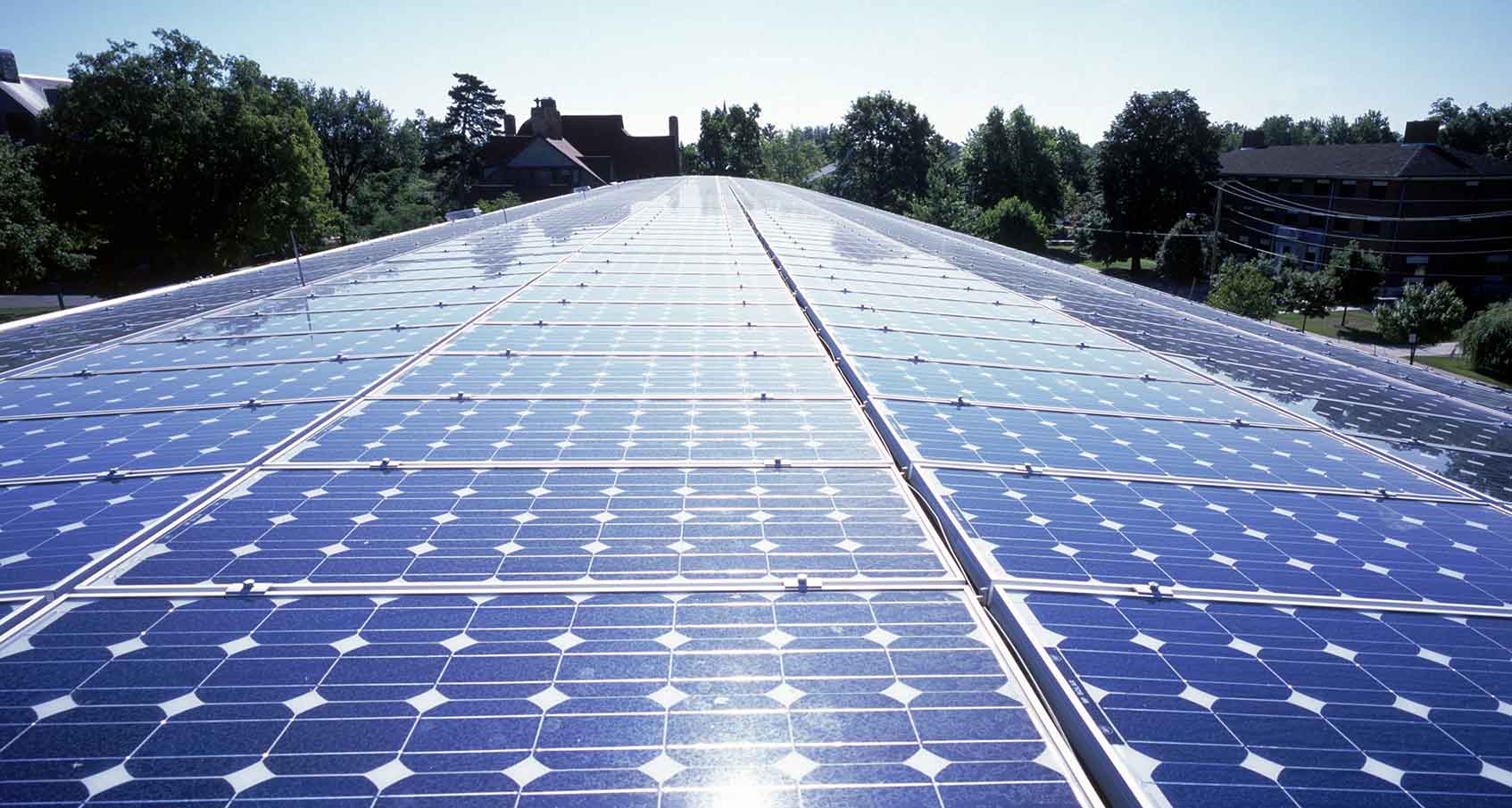Functional Measurements of Photovoltaic Systems
In Photovoltaic systems functional measurements such as the analysis of the I-V curve can give us information about the “health” of the panels such as damage or defective components.
MEASUREMENT OF THE I-V CURVE
The measurement of the IV curve is a specialized procedure carried out using specific measuring instruments known as source meters or I-V curve analyzers.
An IV curve is a diagram that shows the relationship between current (I) and voltage (V) in an electrical circuit or electronic component. The IV curve is a key tool in studying and understanding the electrical behavior of materials, devices and circuits.

HOW THE I-V CURVE IS USED?
- Component Characterization: By analyzing the I-V curve, engineers can understand how a component such as a diode, transistor, or photovoltaic cell behaves under different voltage and current conditions.
- Fault Diagnosis: The I-V curve is used to locate and diagnose faults in electronic circuits. For example, if a component does not exhibit the expected IV curve, this may indicate a problem or failure.
- Circuit Design and Optimization: In the design stage, the IV curve helps engineers select the right components and optimize circuit performance.
- Materials Analysis and Study: In materials such as semiconductors, the IV curve is essential to understanding the electrical conductivity, gap characteristics, and other properties that determine the functionality of the material.
BENEFITS OF I-V CURVE
- Accuracy in Measurement: The I-V curve provides an accurate picture of the electrical behavior of components, which is important for the reliable operation of circuits.
- Understanding Static and Dynamic Response: Can show both static behavior (eg certain driving voltages and currents) and dynamic response (eg changes in behavior when operating conditions change).
- Efficiency Optimization: Used to optimize energy efficiency, particularly in applications such as photovoltaics, where the maximum power that can be produced is important.
- Component Life Estimation: It can help predict the lifetime of a component by analyzing its behavior under different loading conditions.
In summary, the I-V curve is an essential tool for understanding the behavior of electronic components and circuits, providing valuable information to aid in design, diagnosis, and optimization.
At K-Energy we have the know-how for accurate functional measurements and analyzes of photovoltaic systems. Contact our experts for more information about this service of ours!
